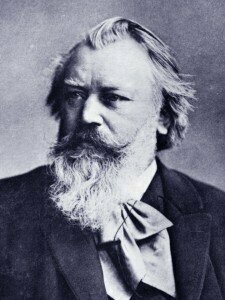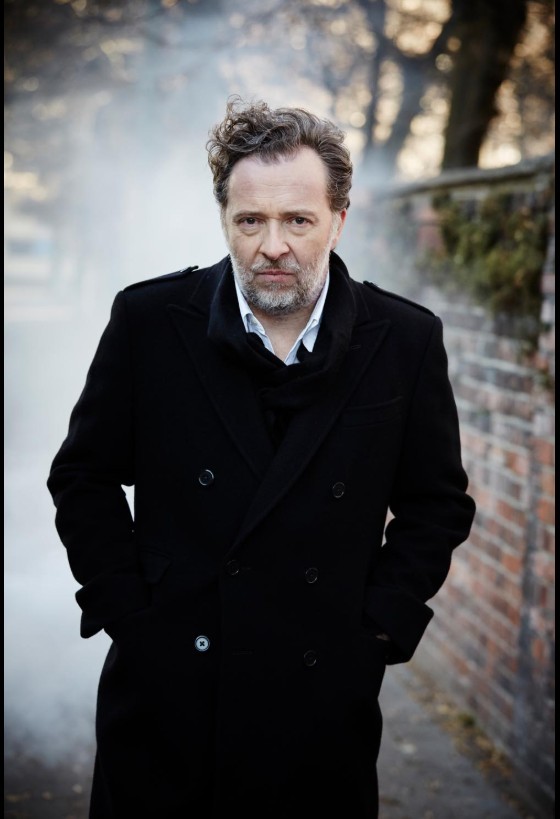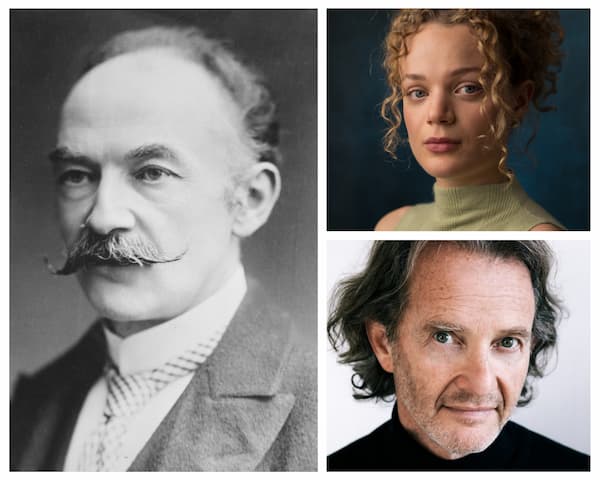
Nicola Benedetti

Johannes Brahms
But that’s not all. The Schubert Club owns an exceptional collection of important musical instruments, autographed letters, and music manuscripts housed in the historic Landmark Center. The Schubert Club Museum is open daytimes, and the first Thursday evening of every month—a wonderful chance to view the music and instruments, and music-themed exhibits. These evenings, which a free, include guided tours and demonstrations with special guests.
Brahms: 5 Lieder, Op. 105: No. 1. Wie Melodien zieht es mir (arr. for violin and orchestra)

Nicola Benedetti and Alexei Grynyuk
Born in Scotland of Italian heritage, Nicola Benedetti is one of the most prominent artists performing today. She has made her mark as a recitalist and soloist with orchestra, but also as an advocate for classical music and music education. She is associated with a mind-boggling number of schools and organizations that support young musicians including her own, The Benedetti Sessions, giving hundreds of young string players the opportunity to perform for and with her.
Benedetti plays Bach and discusses her commitment to education, speaking with Fred Child on MPR
Nicola was a charming host for “The Life of Brahms Through His Violin Sonatas”, an evening of all three Brahms Violin Sonatas. She introduced each sonata explaining what draws her to these works, and what Brahms may have been experiencing when he composed them. But first she explained a little about her own background.

Schubert Club Museum of Musical Instruments
Brahms initially focused on smaller genres despite being criticized for it. At the time, Wagner’s large-scale, dramatic music was very much in fashion, but Brahms maintained his mission—out of the limelight, composing works for piano four-hands to play at home, and intimate music for small ensembles. Brahms was profoundly influenced by his friendships. In October of 1853 the great violinist Joseph Joachim introduced the 19-year-old Brahms to Clara and Robert Schumann. Clara was one of the greatest pianists of her time, and Robert a highly regarded composer. With their endorsement, Brahms was able to enter into their world.
Brahms dedicated his masterful violin concerto of 1878 to Joachim and one year later Brahms composed his first sonata.
Brahms: Violin Sonata No. 1 in G Major, Op. 78 (Zukerman, Barenboim)
Nicola describes the Violin Sonata No. 1 in G major 1879, as a work with “restrained sweetness”. Listeners eavesdrop on this personal offering to Clara Schumann. Nicola shaped her smooth, floating, and airy sound with a very fast, light, bow speed, and modest vibrato, producing a suspenseful mood of inner pain, and leaving us with a divine hush. It was a pure, and transparent performance.
Brahms: Sonata No, 2 (Mutter and Orkis)
The Sonata No. 2 in A major from 1886 was composed during happier years for Brahms. Breezy and uplifting, both Nicola and the pianist performed with a delicate, fleeting touch.
Brahms: Violin Sonata No. 3 in D Minor, Op. 108 (Milstein, Klien)
Not until the second half of the concert did we hear the dramatic, deep, voice of Brahms. In the Sonata No. 3 in D minor, Nicola’s playing turned darker, tumultuous, and luminous, evoking a more desperate man. Nicola observed that Brahms relentless integrity caused Brahms a great deal of suffering in his life. Her interpretation of this sonata is through the lens of Brahms’ despair at the loss friendships. He’d had a falling out with Joachim, after siding with Joachim’s wife over a bitter marriage dispute. As a peace offering, Brahms wrote this work for Joachim. The tragic love story between Brahms and Clara Schumann, which many scholars believe remained unconsummated, colored his life. After Clara passed in May of 1896, Nicola believes, Brahms couldn’t go on. He died less than one year later.
Nicola’s transformed her sound in the third sonata. Gutsy, marcato, rich, and full, her amazing bow control and wonderful tone brought forth both the unique tenderness and the drama we know and love in Brahms’ later works. An outstanding artist, and lovely personality, she has recorded some other delightful works of Brahms.
This program was an auspicious beginning to the series. I’m looking forward to sharing the upcoming performances with you.
BBC In Tune Sessions: Nicola Benedetti plays in a recording session the Beethoven Kreutzer Sonata


